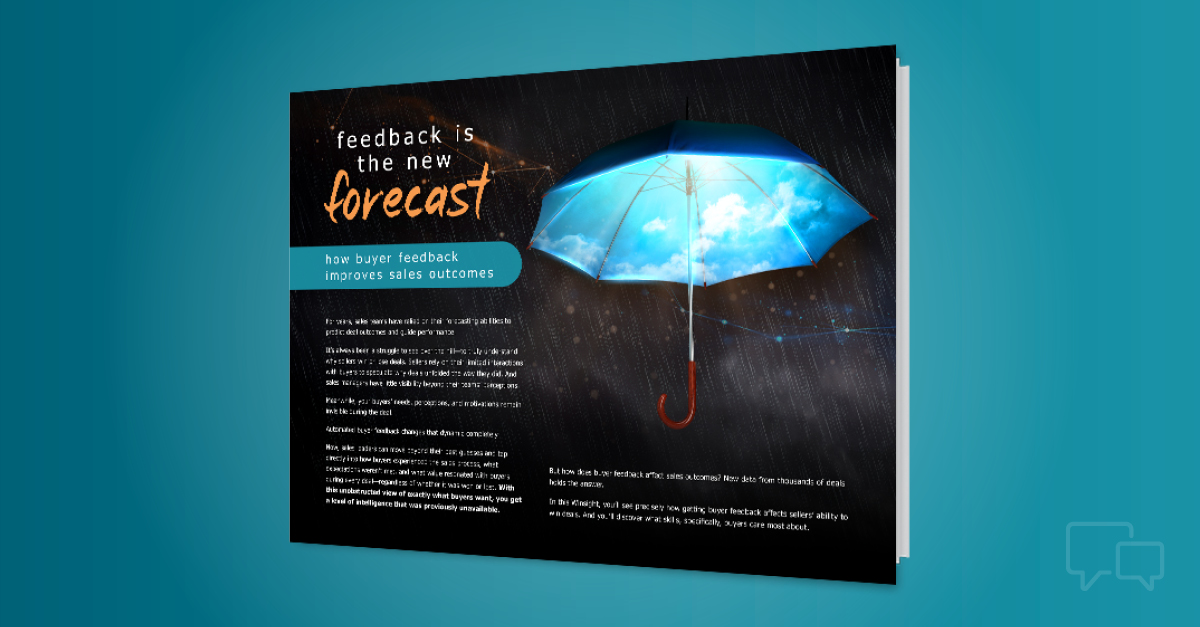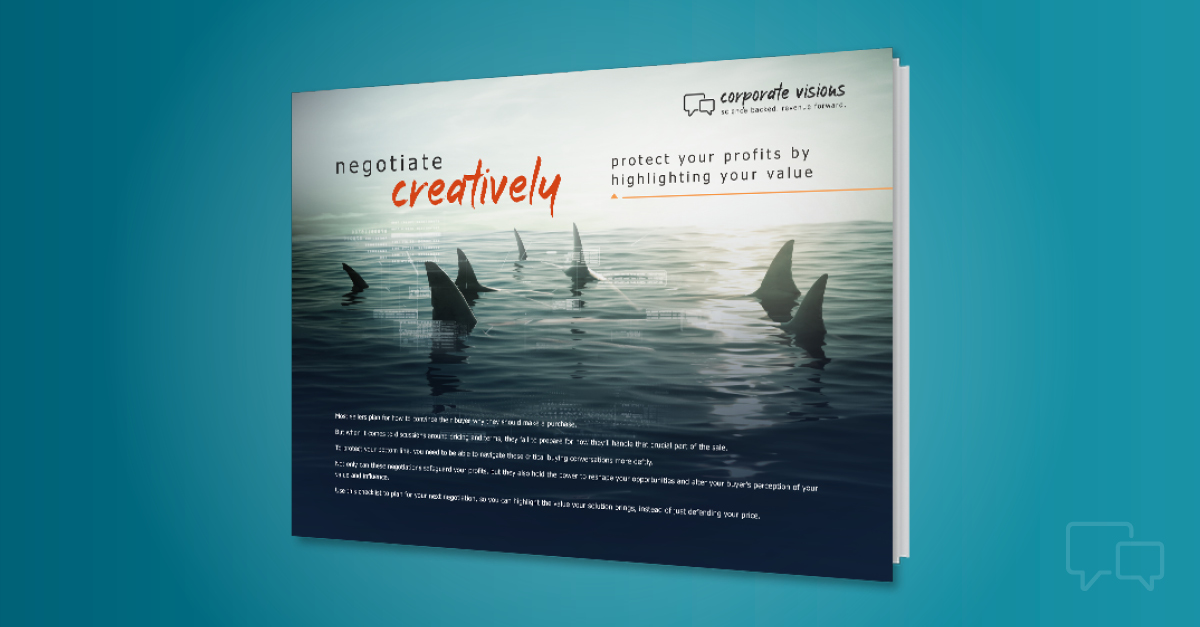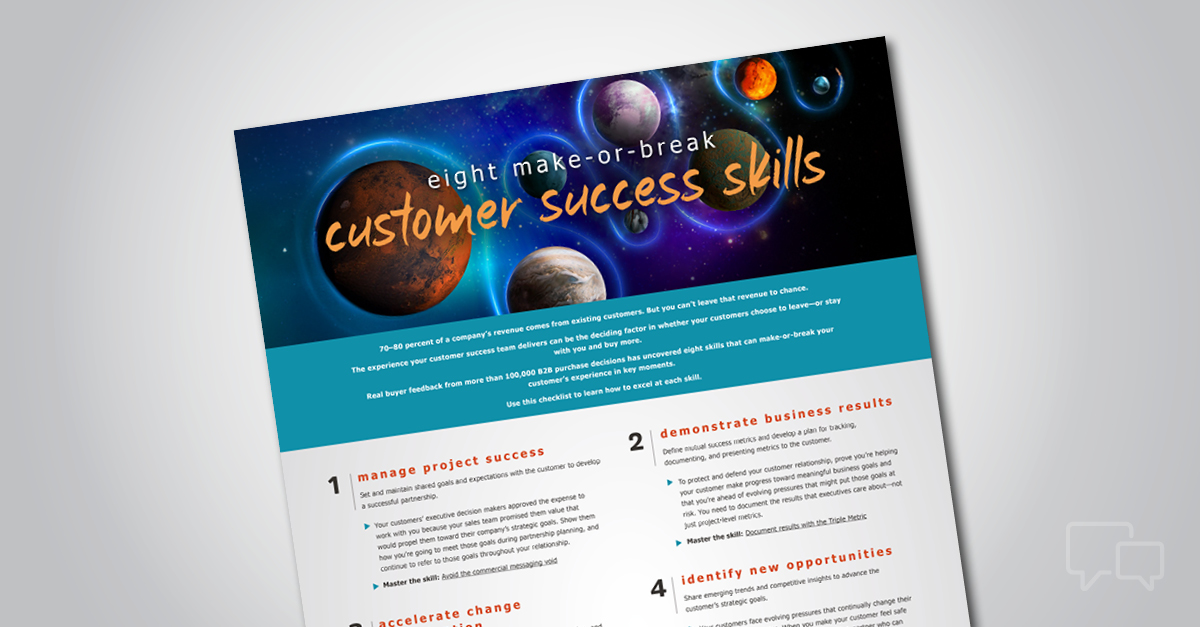The call for B2B marketers and salespeople to always be challenging and disrupting the customer is a great piece of advice when you’re trying to acquire new business. But it’s actually very bad advice when you’re trying to keep your customers and convince them to pay more. In fact, disrupting your customer during a renewal or price increase discussion is exactly the wrong approach—one that could drive a great customer right into the arms of your competition.
Recently, my company conducted research exploring the pitfalls of applying a provocative message to renewal conversations, or the “Why Stay” discussion. Since then, we turned our attention to a related discussion that marketers, salespeople and account teams need to handle well: price increases.
Ongoing investments in servicing accounts and improving solutions all end up in the same spot: a post-purchase price increase conversation. The question is, how do you tell this story in a way that drives more revenue without jeopardizing existing customer relationships?
My company, Corporate Visions, collaborated with Dr. Nick Lee, a professor at the Warwick Business School in the U.K., on academic research to answer that very question—and determine the best messaging framework for what I call the “Why Pay” conversation.
The “Why Pay” Study
For the study, we recruited 503 participants to take part in an online experiment that simulated a renewal and price increase selling scenario. Participants were told they ran a small business and that a two-year contract with a vendor they’d hired to promote their health and wellness plan (and retain employees) was coming to an end, and it was now time to discuss a renewal and price increase.
We tested six different approaches. All the test conditions started by documenting business results to date and all requested the same 4% price increase for the next two-year agreement. Participants were divided into six different groups and placed into different experimental conditions. The range of conditions included a message that introduced a new insight designed to challenge a customer’s current perspective and situation. Other conditions offered certain types of price anchors and discounts (all landing at the same 4%). Another sought to reinforce the status quo bias—an approach our past research revealed to be effective in a renewal context.
The Results
The experiment revealed that the “challenging” provocation-based message that introduced an unconsidered need was the least effective in terms of framing a price increase—by a statistically significant margin.
Participants in the provocative condition were found to have:
- 18.8% less favorable attitudes toward the message.
In addition, participants in the provocation-based message were:
- 15.5% less likely to renew with their current vendor; and
- 16.3% more likely to switch to another vendor.
But the study didn’t just reveal what doesn’t work for the “Why Pay” story; it also shows what does. Specifically, the winning message, according to the study, is one that:
- Reinforces the status quo bias while introducing key, new capabilities to solve existing needs—not introduce new needs, and;
- Anchor high with the price increase request, before giving a loyalty discount if the buyer purchases within an advantageous timeframe.
The best performing messages in the study suggest that your message should open by documenting results to date before reinforcing status quo bias, introducing new capabilities and anchoring a high price increase before providing a loyalty discount.
You can view the full research in our new report on communicating price increases.
The big takeaway from this study? The disruptive message so popular today may work wonders when you’re trying to win net new customers. But beware: When you’re trying to convince customers to stay or pay more, that message will set you back in a big way—potentially making your customers susceptible to inroads from the competition.
Want to learn more about telling the right story for the key conversations outlined above? Check out our latest eBook, which covers the conversations above in-depth.
This article originally published in Demand Gen Report.






